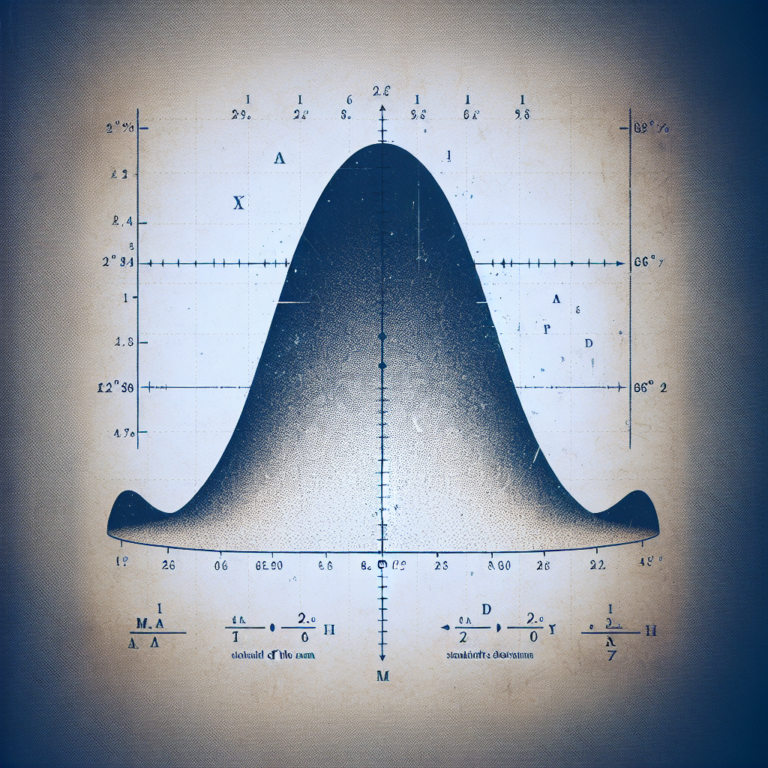Are you a medical doctor looking to gain a better understanding of statistical analysis in your practice? If so, you’ve come to the right place. StatisMed is here to provide you with a comprehensive guide to the Kruskal-Wallis Test, a crucial tool in analyzing data and drawing meaningful conclusions in medical research.
What is the Kruskal-Wallis Test?
The Kruskal-Wallis Test is a non-parametric statistical test used to determine whether there are statistically significant differences between three or more independent groups. It is particularly helpful when the assumptions of parametric tests such as ANOVA are not met. This test is essential for medical professionals who need to compare outcomes across multiple groups or treatments.
Why is the Kruskal-Wallis Test Important for Medical Research?
In medical research, it is common to have data that does not meet the assumptions of parametric tests, such as normal distribution or homogeneity of variance. The Kruskal-Wallis Test provides a robust alternative that allows researchers to analyze their data accurately and draw valid conclusions. By understanding and correctly applying this test, medical professionals can ensure that their findings are reliable and actionable.
When conducting a study involving multiple groups or treatments, the Kruskal-Wallis Test can help determine whether there are significant differences in outcomes. This information is crucial for making informed decisions about patient care, treatment options, and overall medical practices.
How to Conduct the Kruskal-Wallis Test
To perform the Kruskal-Wallis Test, you will need to follow a few key steps:
- Formulate your hypothesis: Clearly state the null and alternative hypotheses based on the research question you are investigating.
- Collect and organize your data: Ensure that your data is properly structured and that each group or treatment is independent of the others.
- Choose the appropriate statistical software: Utilize statistical software such as SPSS or R to conduct the Kruskal-Wallis Test accurately.
- Interpret the results: Analyze the output to determine whether there are statistically significant differences between the groups.
Conclusion
In conclusion, the Kruskal-Wallis Test is a valuable tool for medical professionals conducting research involving multiple groups or treatments. By understanding the principles behind this test and how to apply it correctly, you can ensure that your findings are robust and reliable. StatisMed is here to support you in your statistical analysis needs, offering services tailored to medical doctors. Contact us to learn more about how we can assist you in your research endeavors.
Remember, when it comes to statistical analysis in medical research, knowledge is power. Equip yourself with the tools and techniques needed to make informed decisions and drive positive outcomes for your patients.
[ad_2]




